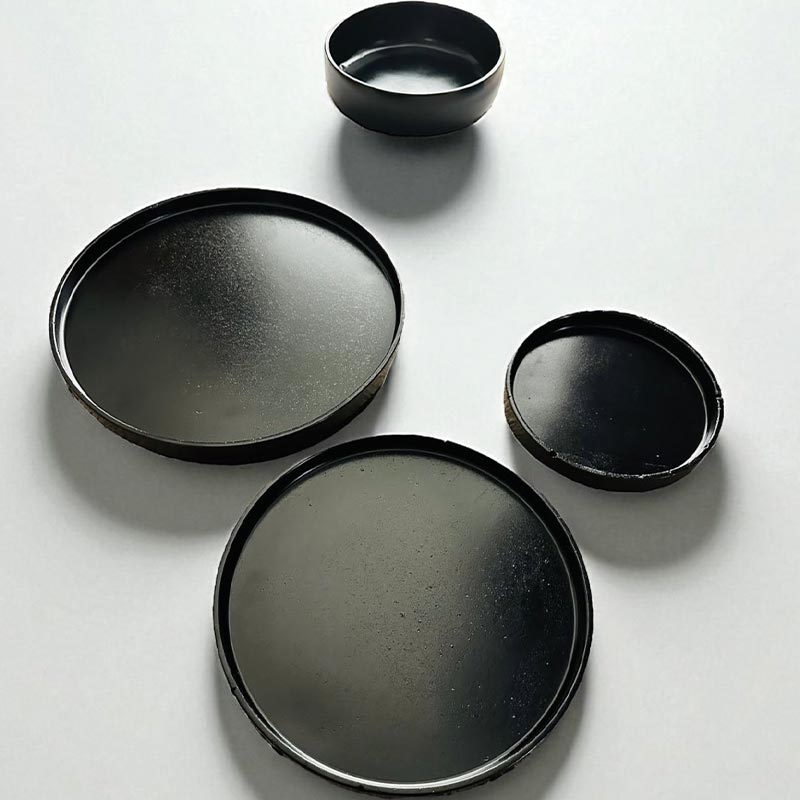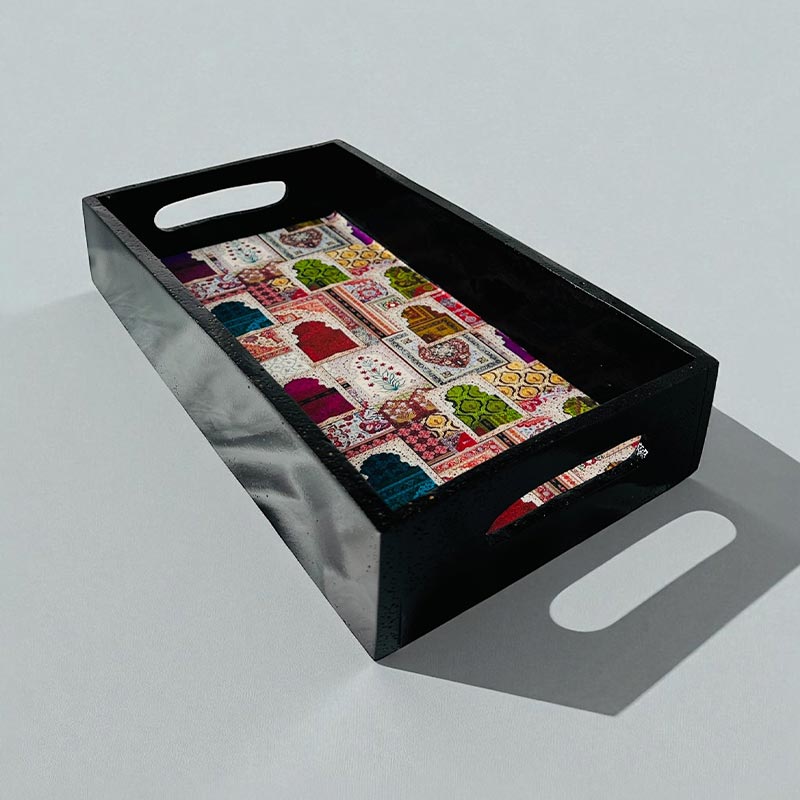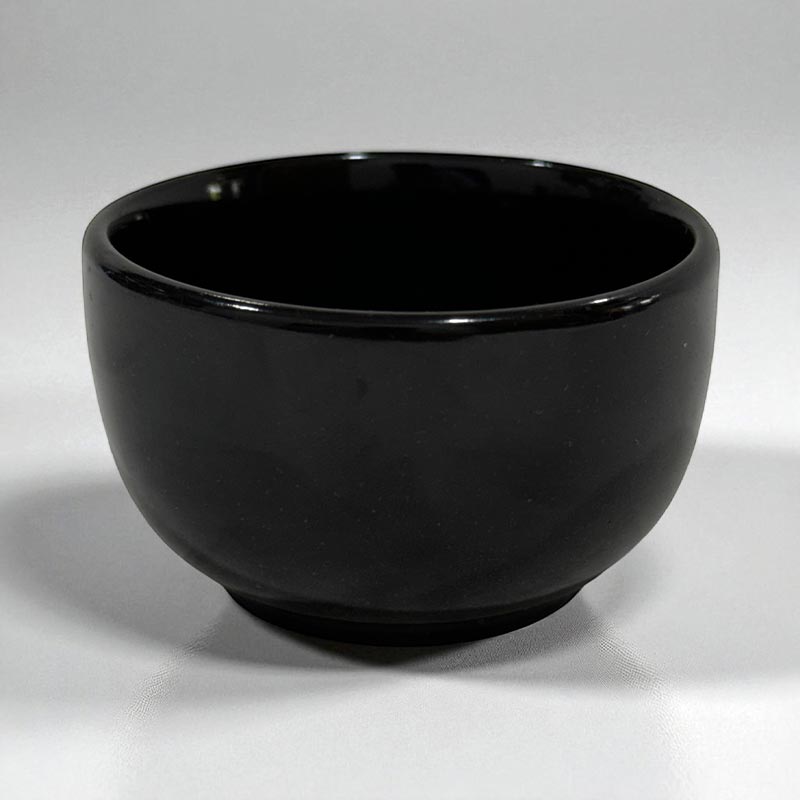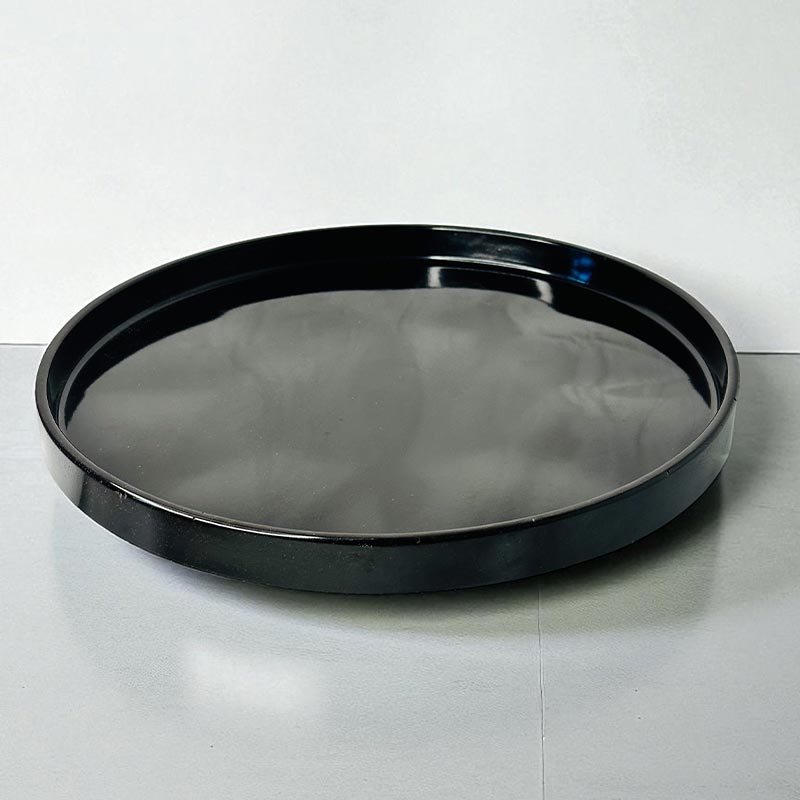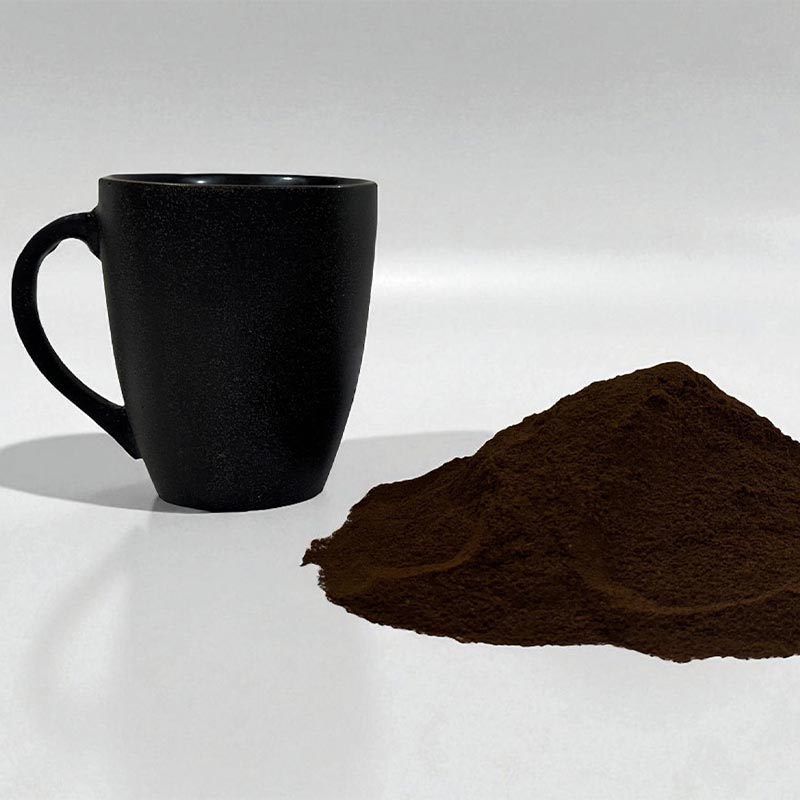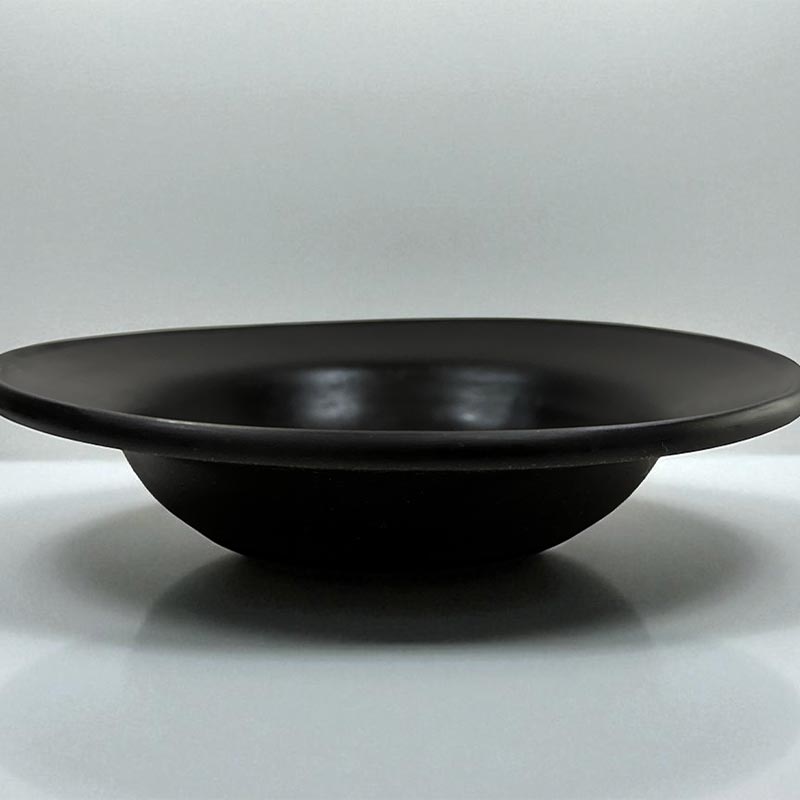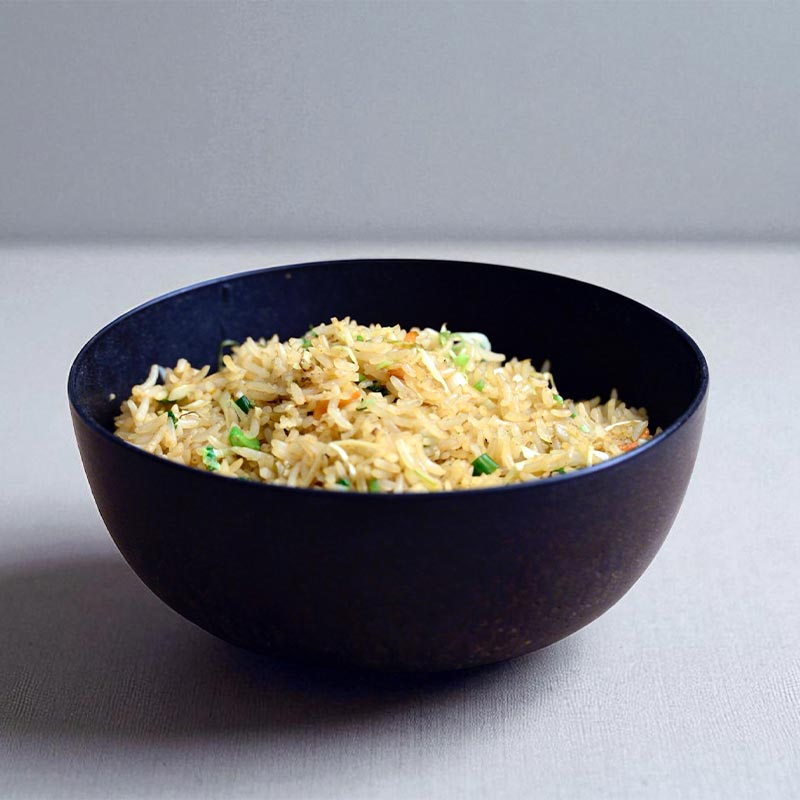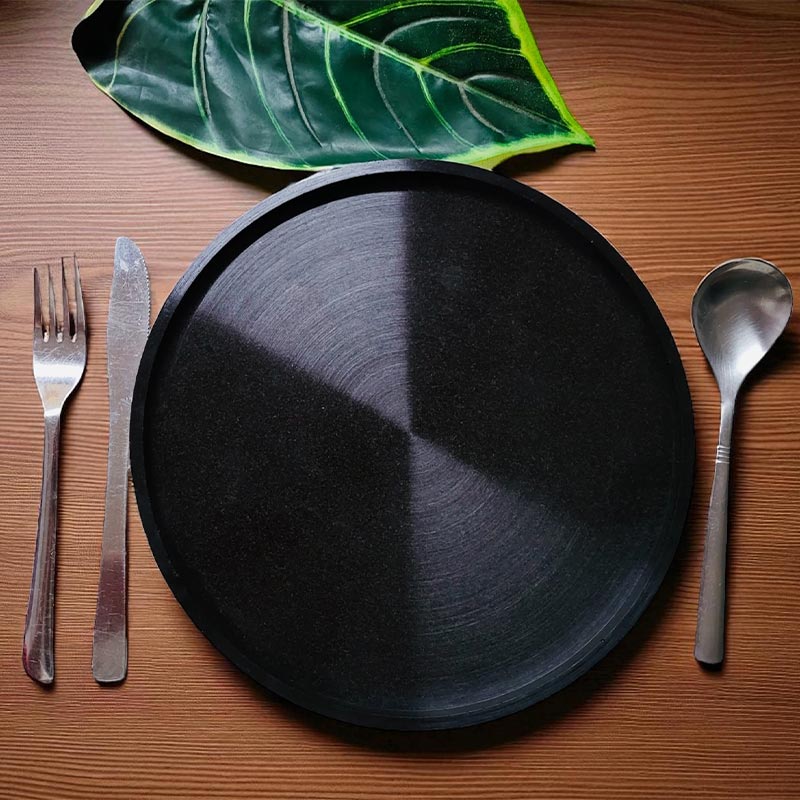From Coffee to Crockery
Problem
Coffee is the second most traded commodity in the world, and its consumption generates an enormous waste stream. Every 1000 ltr. of coffee brewed about 650 kilograms of coffee waste is produced (Source: research published by MDPI) . With the world consuming approximately 225 crore cups of coffee daily, this translates to nearly 24,750 metric tonnes of coffee waste every single day. Despite being biodegradable, most coffee waste ends up in landfills where it decomposes slowly, releasing CO₂ and methane into the atmosphere. When used merely as low-grade fertiliser filler, it yields little value, missing the opportunity for meaningful up-cycling.
Solution
Through proprietary processing, used coffee grounds are transformed into a bio-composite material that can be molded into durable, reusable crockery and tableware. On average, one crockery plate recycles about 650 grams of coffee waste, directly converting discarded grounds into functional and aesthetic products. This bio-material has many other applications and use cases beyond crockery, which we continue to explore and highlight in our other stories, further expanding the possibilities of waste-to-value innovation.
Impact
This innovation diverts coffee waste from landfills, cutting greenhouse gas emissions while reducing reliance on plastics and ceramics. To date, we have recycled 32 tonnes of coffee waste, creating crockery for 25 international clients and 10 luxury cafés, including The Taj Mahal, New Delhi under its Paathya Initiative. The bio-material also holds potential for many other sustainable applications, making waste-to-value both practical and aspirational.

